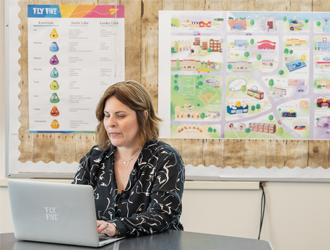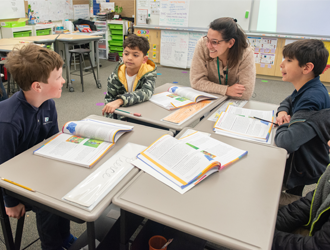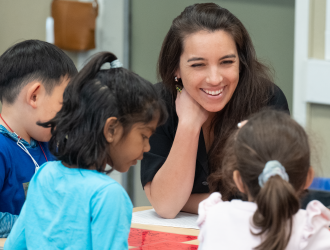How to Help Students Compromise
Compromising to Reach a Common Goal
Have you ever been in a situation where you couldn't agree with someone else? Or maybe you had to give up something you really wanted in order to keep moving forward? If so, then you know what it feels like to compromise. In and out of the classroom, compromising benefits students by allowing them to learn how to cooperate with others, develop problem-solving skills, and see from new perspectives. In order to compromise, students need to be able to see multiple points of view, especially if they differ from their own. This helps them to develop critical thinking skills and to understand that their way of doing something is not the only way.
When students learn to compromise, they are able to effectively communicate and work together to reach a common goal. In addition, students who learn to compromise are more likely to be able to handle conflict in a constructive way and find the best solution for all involved. To compromise effectively, all parties need to be able to listen to each other, be respectful, and be willing to work together. Like most skills, compromise can be learned and practiced. In the classroom, you can model, guide, and teach the importance of effective compromise.

Steps for Successful Compromise
From an early age, students can be explicitly taught the value of compromise. In elementary school, for example, students can be given several options to choose from for a class movie day and have to come to an agreement with their classmates on which one to watch. In middle school, students can be asked to work on group projects and come to a consensus on a plan that meets the needs of all group members. Help students to learn how to compromise effectively with the following tips:
- Set clear expectations for what needs to happen for everyone involved to win. This will make it easier for students to understand their aim when compromising.
- Help them identify their own strengths and weaknesses so they know where they have room for improvement.
- Give them the tools needed to compromise effectively including conflict resolution skills, negotiation strategies, and communication tools.
- Provide real-life examples that students can relate to, (such as a lemonade stand or setting the table with siblings) where compromise is necessary. By using role-play or Interactive Modeling, educators can showcase how students can positively communicate with others to achieve group goals (Long, 2011).
Teaching students the value of compromise can help them to become more successful in all aspects of their lives. When students work together to come up with a plan that meets the needs
of all group members, they learn the importance of cooperation and communication. As a result, they are more likely to succeed both academically and professionally.
References
Long, J. L. (2011, September 7). Teach the art of compromise. Redondo Beach, CA Patch. https://patch.com/california/redondobeach/teach-the-art-of-compromise








